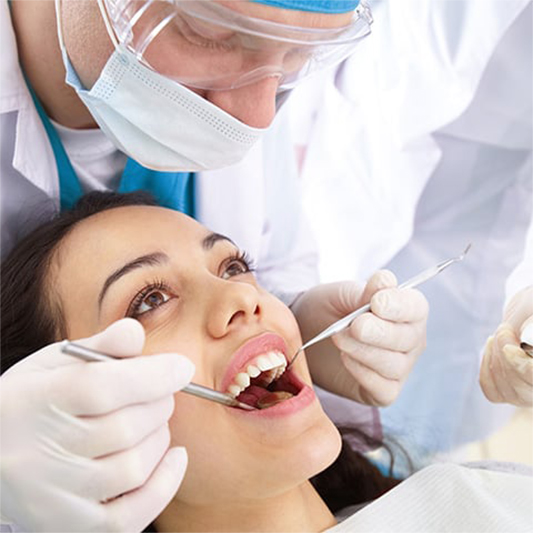**Introduction**
In recent years, a noteworthy trend has emerged within the realm of oral health - dentists are playing an increasingly crucial role in the early detection of oral cancer. The significance of this shift cannot be overstated, as timely diagnosis can significantly improve the prognosis and outcomes for oral cancer diagnoses patients. This article delves into the analysis that highlights the rise in oral cancer diagnoses by dentists, shedding light on the reasons behind this trend and addressing some frequently asked questions.
Dentists Detecting More Oral Cancer Cases
**Q1: Is there evidence to support the claim of increased oral cancer diagnoses by dentists?**
A: Yes, there is compelling evidence to suggest that dentists are now identifying more cases of oral cancer than before. Several studies have reported a consistent uptick in the number of oral cancer cases detected by dentists during routine dental check-ups. This can be attributed to improved awareness, enhanced training, and advanced screening technologies that enable dentists to spot early signs of the disease.
**Q2: Why are dentists becoming more involved in oral cancer detection?**
A: Dentists are at the forefront of oral health care, and their unique position allows them to closely examine the oral cavity for abnormalities. As awareness about the importance of oral cancer screening grows, dentists are increasingly integrating these checks into their routine examinations. Given their expertise in recognizing changes in oral tissues, dentists are crucial in catching potential cases of oral cancer in their early stages, leading to more successful treatment outcomes.
**Q3: What are the potential benefits of early oral cancer detection?**
A: Early detection of oral cancer significantly improves treatment success rates and patient outcomes. When diagnosed at an advanced stage, oral cancer can be more challenging to treat and may have a higher likelihood of spreading to other areas of the body. However, when detected early, treatment options are less invasive, and the prognosis is generally more favorable.
**Q4: How can dentists accurately detect oral cancer during routine check-ups?**
A: Dentists employ a combination of methods for early oral cancer detection. These include visual examinations, palpation of the oral tissues, and advanced screening technologies such as VELscope and oral cancer screening lights that highlight abnormal tissues. Dentists are trained to recognize subtle changes in the mouth, such as unusual lesions, persistent sores, or changes in color and texture.
**Q5: Are there any challenges associated with dentists taking on this role?**
A: While the increased involvement of dentists in oral cancer detection is a positive trend, it does come with challenges. Dentists need to stay updated with the latest advancements in oral cancer screening technologies and diagnostic techniques. Additionally, they must communicate effectively with patients about the importance of screenings and manage any anxiety or concerns that may arise due to potential findings.
**Q6: How can individuals contribute to their own oral health and cancer prevention?**
A: Individuals can play an active role in their oral health by scheduling regular dental check-ups. Practicing good oral hygiene, quitting tobacco use, limiting alcohol consumption, and maintaining a healthy diet rich in fruits and vegetables can all contribute to reducing the risk of oral cancer. Being aware of any changes in the mouth and promptly reporting them to a dentist is also crucial.
**Conclusion**
The growing trend of dentists detecting more cases of oral cancer is a positive development that holds the potential to save lives. As dental professionals continue to prioritize oral cancer screenings and adopt advanced diagnostic methods, individuals can look forward to improved chances of early detection, better treatment outcomes, and enhanced oral health overall. Regular dental visits and maintaining a proactive approach to oral health are key steps in this journey towards early detection and prevention.





Comments